Home » Gear Reviews » Hiking & Camping » Snowshoes » L.L. Bean Winter Walkers
L.L. Bean Winter Walkers Review
December 7, 2017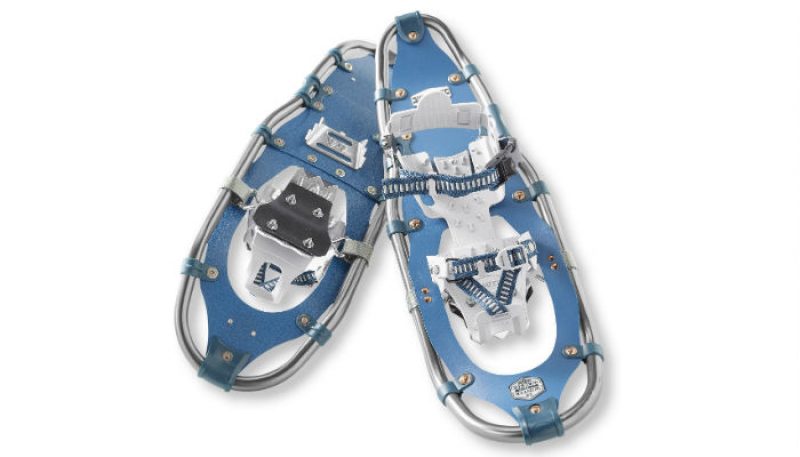
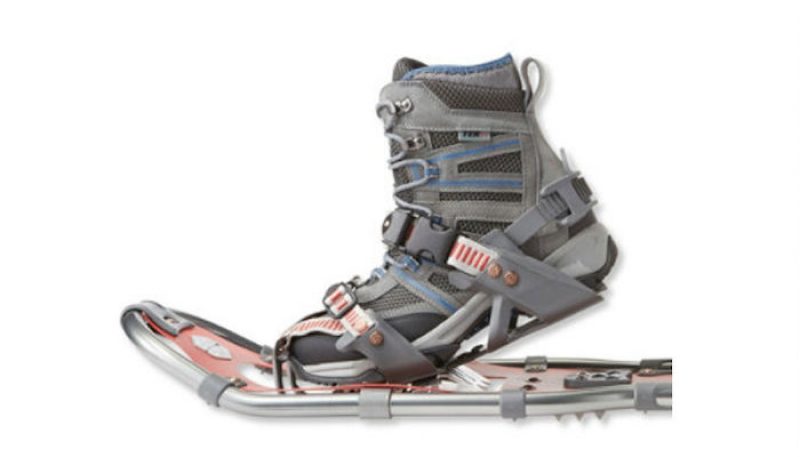




 85
85 The Good
- Inexpensive
- Good selection of sizes
- Binding fits wide range of shoe sizes
The Bad
- Flotation is moderate
- Heavy
- Bindings can be difficult to adjust
The L.L. Bean Winter Walker snowshoes don’t break any new ground in engineering and design. Instead, they rely on proven materials and concepts. That keeps costs down, while providing solid performance. The classic tubular aluminum hoop-frame and synthetic semi-rigid deck proved incredibly durable during our testing. We climbed over exposed rocks and even strolled across snow-free parking lots without noticeable damage to the shoes, though prolonged use like that could wear down the points on the aluminum crampon teeth.
The Winter Walkers feature a simple strap binding system that is effective, if not the easiest to adjust in the snow. The flotation proved adequate for most situations, though it isn’t the greatest in deep powder. And the traction devices held firm on crusty snow and ice, as long as it wasn’t on a steep slope.
Ease of Use
The L.L. Bean Winter Walkers took some effort to adjust. When handed to rookie snowshoers, those novices had a bit of trouble working the three-point toe-strap onto their boots, and getting it snugged tight. The slack in the webbing strap that loops through the three points had to be worked through each buckle by hand – without gloves – to ensure a snug, secure fit.
The forefoot strap proved a bit easier to fasten and adjust, thanks to a side-release buckle behind the tightening buckle. But that side-release buckle could clog with snow and ice when the shoes were removed in the field, making it difficult to get back into them. The plastic of the side release arms could also get stiff in extremely cold temperatures, making it hard to release and re-engage. The heel strap was problem-free, thanks to its ratcheting buckle – a device with a well-proven performance record on a wide variety of snowshoes over the past two decades. Only the heel strap buckle could be easily manipulated while wearing bulky gloves.
Binding Support/Effectiveness
Once buckled snugly, however, the binding system proved supportive and comfortable. The molded plastic panels running under the length of the boot, with wings reaching up to flank the heel and forefoot area, helped ensure the foot stayed firmly in alignment. That makes it much easier to control the snowshoe, especially on side hill traverses.
Traversing, Ice, Technical Conditions
The binding’s support proved very effective while traversing. Keeping the foot aligned on the snowshoe without any heel slippage helped us center our weight on the shoes, even when our route took us across steep side hills and down rolling terrain. With proper foot alignment, it is easier to control the snowshoe and fully engage the traction devices underfoot.
The traction devices were modest in number and performance, so we appreciated the fact that the bindings let us make full use of their limited abilities. A pair of simple, angled heel cleats offered the only traction on the back half of the shoe, but aggressive aluminum crampon teeth sat under toe and the ball of the foot. That meant we had good bite on climbs, but during descents, if we let our weight shift backwards at all, the tails would slip and slide in a toboggan-like effect. On traverses, the tails also had a tendency to slip downhill if we didn’t balance our foot pressure properly to engage both forefoot and heel cleats. With some effort, the Winter Walkers were stable on modest traverses and climbs, but we weren’t comfortable on steep terrain with them.
Natural Stride
On rolling hills and open fields, the Winter Walkers really shine. The snowshoes feature broad front sections, while the back third cut in sharply to a narrow tail. That greatly facilitates a smooth, easy stride with minimal need for wide leg swings (a.k.a. duck waddles). Allowing a smooth, natural gait, the Winter Walkers accommodated novice snowshoers well, while those of us with more experience found we were able to step out and cover more mileage with less effort than we could with shoes requiring more deliberate wide-strides.
Powder Flotation
That frame design, with its wide forefoot area, also maximized the surface area available to keep the snowshoes afloat. Though the binding’s toe hole is broad – thus cutting out significant surface area – the Winter Walkers performed very well in most snow conditions. In truly deep, soft powder, the shoes did sink a bit more than some, but they weren’t the worst performers in the class.
Indeed, the Winter Walker snowshoers proved themselves slightly above average in every performance category, easily earning our Best Value award.
Dan Nelson
- Managing Editor & Fly Fishing EditorDan Nelson is GearInstitute.com's Managing Editor & fly fishing editor. He is based in the Pacific Northwest.










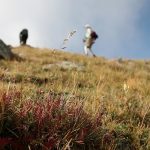
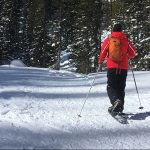


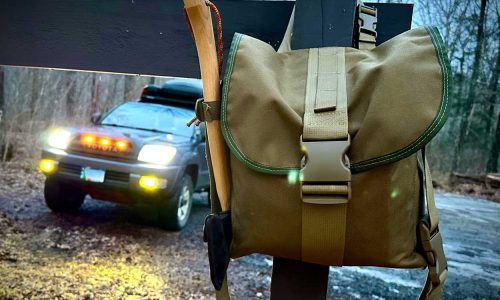
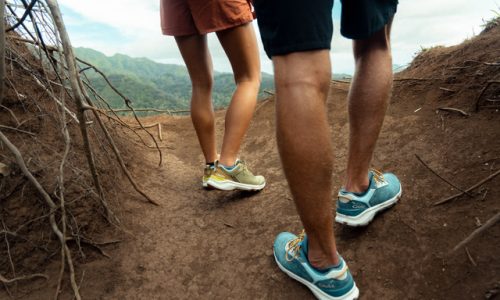
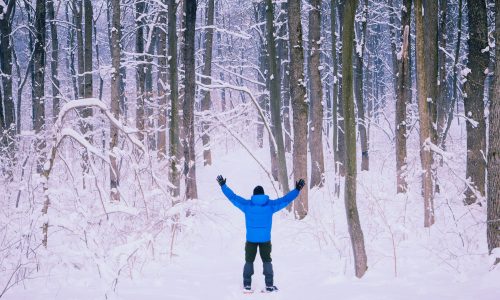
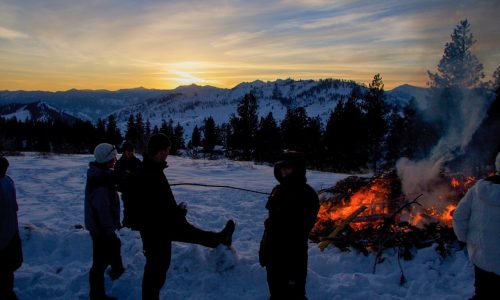
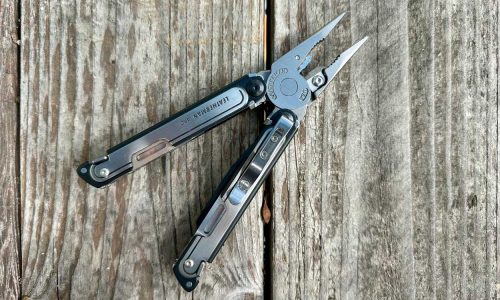
No reviews have been posted for this product.
Use this gear?
Join Gear Nation and leave a review!
Create an Account